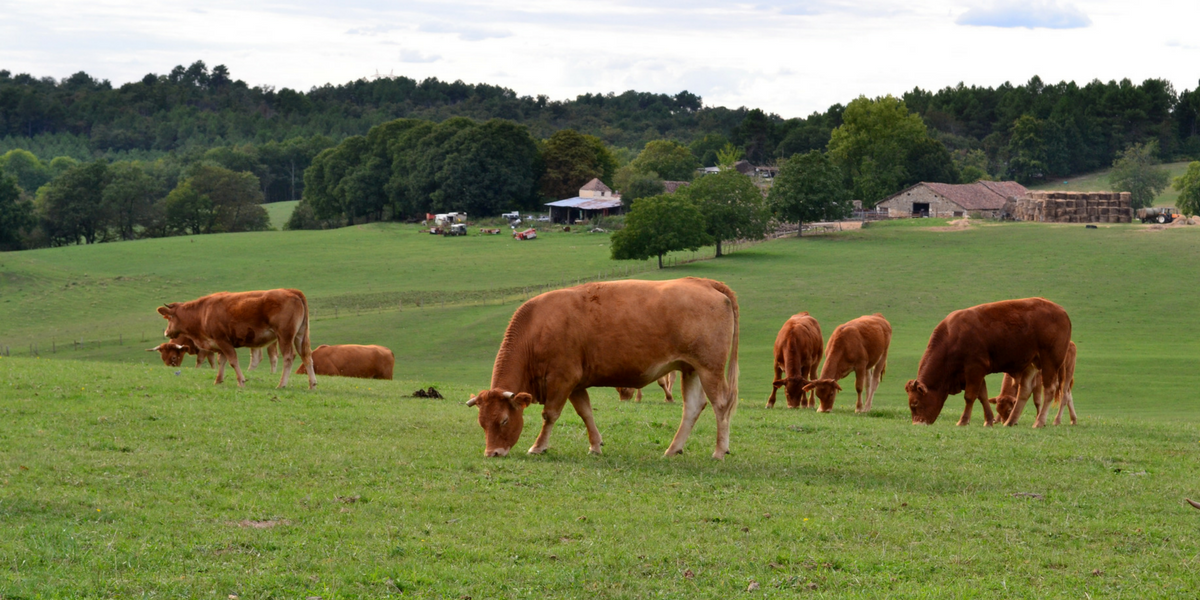OCILLA, GA – As the old saying goes, you get out what you put in. And that’s no for different for livestock producers as they make sure to feed their animals the highest quality products available to insure excellent returns. That’s why attending events like the annual forage conference is so important, as it gives them valuable information for the upcoming year.
“You’re making an investment. You’re making an investment in time and your money on the farms. So, make an investment to learn what you can from the research data so that the decisions you make, the effort, time, and money you put out on the farm is going to give you the best results you can have,” says Richard Barrett, Manager of the Jimmy Carter Plant Materials Center.
To get those results, it’s important to be aware of the biggest problems to be on the lookout for. And this year, that would be the Bermuda grass stem maggot, which feeds on the grass, causing damage and a lack of green color. It’s a situation that should be monitored very closely.
Dennis Hancock, UGA Forage Specialist says, “the primary thing is to be out looking for it in late June, July in particular. What we’re finding is that if you’re in far South Georgia or into Florida, it can start showing up a little earlier than that, but generally speaking, we don’t really start seeing it doing a lot of damage until June. It’s become such a major pest and our estimates are that it’s costing somewhere in the neighborhood of $40 million a year just in Georgia.”
Choosing the right cover crop is also essential, as it will increase the number of grazing days for the cattleman. And fortunately, there are a number of quality options to choose from.
“We really don’t have one plant that can do it all for us. So, we have to look at the warm season and the cool season separately. We have some really good, productive perennial forages. The idea is really taking these annually planted forages and being able to fill in the gaps left around the perennials that are the mainstay and foundation of our grazing program. It’s not as simple as there’s one, best plant for every situation. But we have a lot of choices. We have a lot of good choices. We just need to understand what it is we are trying to get back,” Richard explains.
And with spring right around the corner, it’s time for farmers to start thinking about how to prepare their pastures.
“Fertilizer prices are actually pretty decent right now for us, better than they’ve been in a while. And so, one of the things I think we really need to start looking at closely is potassium nutrition in particular,” advises Hancock.
And that could help later in the season, as farmers prepare for what is expected to be a dry year.
Hancock says, “one of the big things that we can do there is to look at ways to stimulate root development. And one of the primary ways we do that is with maintaining a good soil pH. So, that allows that root too fully develop through this profile. But then again, phosphorus and pot ash are extremely important for root development too.”
However, just like any other year, the biggest advice given is to cut your forage at the right time to maximize both quality and yield.
Hancock stresses, “the timing of cutting is the absolute number one most important thing. Of all the factors that affect forage quality, plant maturity is the number one factor. So, in the case of Bermuda grass, if we’re cutting reliably on a four to five week cutting interval, then we’re going to be optimizing the quality in general.”
By: Damon Jones

